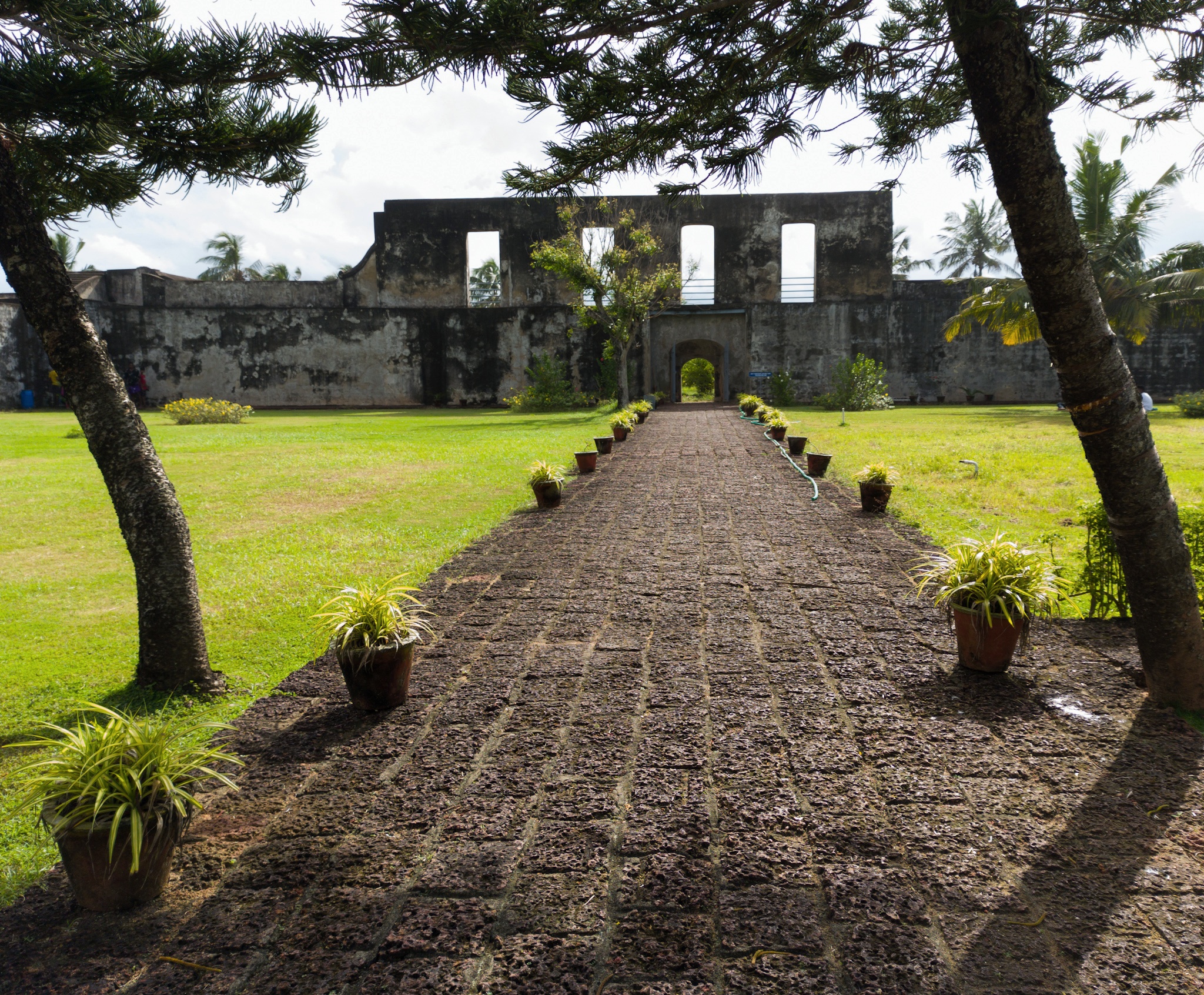Anchuthengu Fort stands as a remarkable testament to colonial India's complex historical landscape, representing a crucial nexus of British maritime expansion and territorial ambition in the late 17th century. Located near Varkala in Thiruvananthapuram, Kerala, this strategic fortification emerged from a pivotal moment of geopolitical negotiation between the British East India Company and local rulers, specifically the Queen of Attingal's 1694 directive to establish a trading post and military stronghold.
The fort's construction between 1694 and 1698 was fraught with tension, characterized by initial resistance from the Attingal army who blockaded and attacked the British settlers. Despite these challenges, the British ultimately prevailed, completing the fort by 1698-99 and securing an agreement to pay an annual rent. This settlement marked a significant milestone in the gradual expansion of British colonial infrastructure along the Malabar Coast.
Architecturally, Anchuthengu Fort represents a sophisticated example of colonial military engineering. Its square-shaped design features four robust bastions, each mounted with eight cannons, constructed from laterite blocks cemented with lime mortar. The strategic positioning provided comprehensive surveillance over both land and sea, with a well-designed jetty and landing stage that could be effectively defended by the fort's formidable gun batteries.
The fort's significance extends far beyond its physical structure, serving as a critical military and commercial hub during the tumultuous 18th century. It played a pivotal role in the Anglo-Mysore Wars, functioning as a crucial depot for military stores and ammunition. In 1742, a momentous visit by Marthanda Varma, the Rani of Travancore, underscored the fort's importance as a source of arms and military support for the Travancore Army.
Beyond its military utility, Anchuthengu Fort was a vital signaling station for ships arriving from England, embodying the intricate communication networks that sustained the British colonial enterprise. The fort's location between sea and backwater, with its perennial freshwater well, made it an invaluable strategic asset in a challenging geographical environment.
The fort also bears witness to the early stages of anti-colonial resistance in India. It was a site of significant historical confrontations, symbolizing the complex interactions between indigenous populations and colonial powers. The presence of an old cemetery where British families were buried further enriches its historical narrative, providing tangible evidence of the human stories embedded within its walls.
Architecturally and historically, the fort represents more than just a military installation. It is a microcosm of colonial interactions, diplomatic negotiations, and the gradual transformation of regional power dynamics. Its laterite walls and strategic bastions tell a story of resistance, adaptation, and the intricate process of colonial engagement in southern India.
Today, Anchuthengu Fort stands as a critical heritage site, preserving the memory of a complex historical period. Its preservation allows contemporary visitors to engage directly with a tangible piece of colonial history, offering insights into the sophisticated strategies of territorial expansion, military engineering, and cross-cultural interactions that defined the British presence in Kerala during the 17th and 18th centuries.








